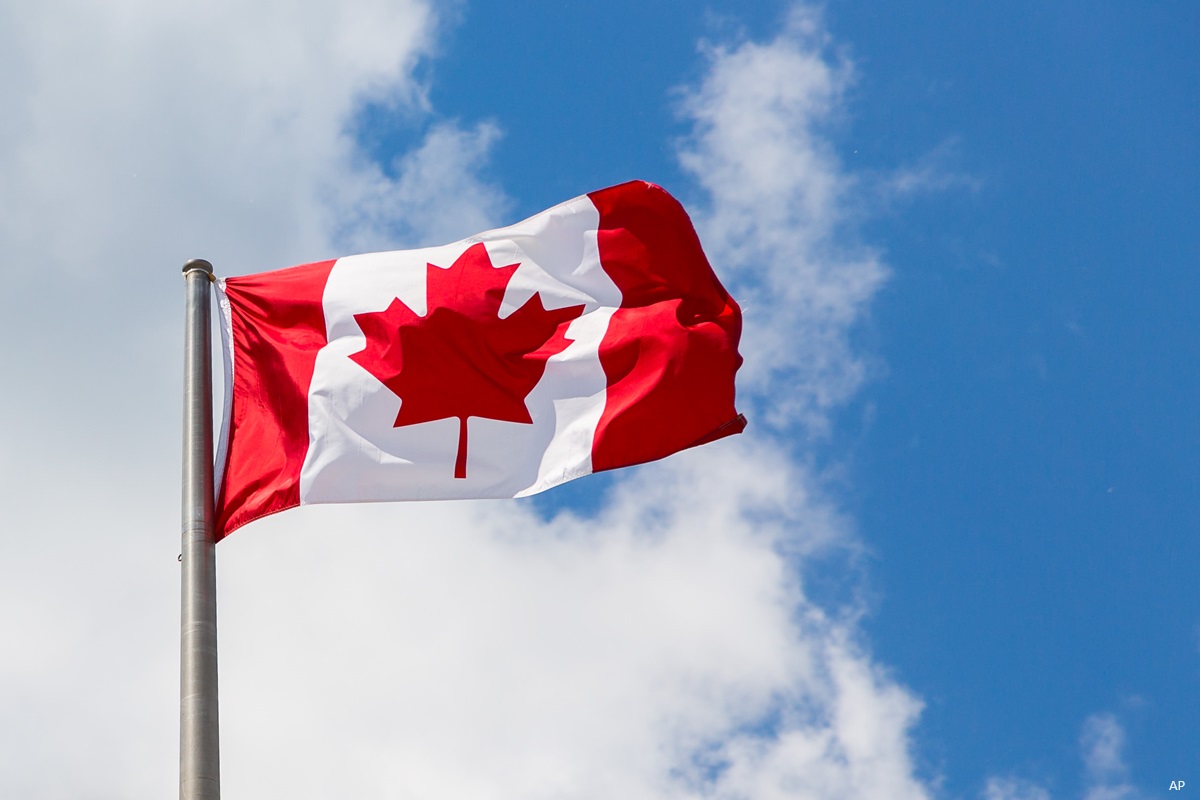
2020 has been a year of uncertainty.
From the market highs of February followed by the pandemic and subsequent market volatility, we were hit with an economy on lockdown. Oil tanked, also affecting Canadian producers - and stocks. Meanwhile, North America is dealing with the evils of systemic racism head on.
The tides of change hit the household level, with many Canadians laid-off, furloughed, or moved to part-time employment. Though the Government’s Canada Emergency Response Benefit (CERB) programme helped Canadians deal with the shock, a lot of us had to dip into our emergency funds to pay for our expenses. As a family member asked at a socially distanced barbeque recently, “I used up my emergency fund – now I have to start over. How do I do it?”
If you, like my relative, need help building up your emergency fund again, read on. We spoke to Christine Benz, Morningstar’s director of personal finance, to ask how to go about it.
Priority #1
The one thing on which Benz is clear is that emergency funds are not optional. She warns investors that an emergency fund should take precedence over any other savings goals you might have, including retirement saving or saving for a home down payment.
“It can be hard to be enthusiastic about building an emergency fund--it's kind of the ultimate in delayed gratification. (Though if you've had an emergency fund before and were able to rely on it in a financial pinch, you probably have a greater appreciation for having one in the first place)” she says.
Pro Tip: Automate
The key first step in rebuilding is automating your contributions to it. “Steer the money straight from your bank into a savings vehicle so that you don't have to make an active decision to save each month. Most financial institutions will enable you to automate your investments in this way,” Benz says.
Customize
Most experts will say that three to six months' worth of living expenses is a reasonable starting point when setting up your emergency fund amount. The key there ate the words ‘starting point’. Benz says that it is important to customize your emergency-fund amount based on your own situation.
“The basic question is this: How much time would you want to replace your job if you lost yours? The key swing factors that should affect your decision are how flexible you are in terms of your career choices and lifestyle,” she says.
Pro Tip: Large Vs. Small
Consider holding a larger emergency fund (more than six months' worth of living expenses) if you:
-Have a high-paying job (or one in a highly specialized field, which could make finding a new job harder/more time consuming)
-Are self-employed (or work on a freelance/contract basis, meaning your income fluctuates)
-Have dependents
-Have high fixed expenses, such as a mortgage, auto loans, and tuition bills
-You may be able to get by with a smaller emergency fund if you:
-Have a good degree of career flexibility because you are in a lower-paying position and/or haven't yet developed a specialized career path
-Have other sources of income that could help defray a large share of household expenses, such as a working spouse
-Have a great degree of lifestyle flexibility (for example, you would be willing to relocate or get a roommate)
Rebuilding vs. Building
Benz points out that if you're rebuilding, it means you've needed to tap your emergency funds before, and so you have:
1. A greater appreciation for having an emergency fund in the first place and
2. Some experience knowing what works for you.
“Additionally, your previous emergency-fund experience can help you right-size your emergency cushion. You'll have a better sense of how much you need to have in liquid reserves. The standard rule of thumb for emergency savings is three to six months' worth of living expenses in liquid reserves, but contractors, people with lumpy incomes, or those concerned about job loss should shoot for more,” she suggests.
Pro Tip: Focus on the essentials
It may seem stressful to start again from scratch, or even replenish what has been used. But once again, being in this situation gives you insights that you did not have before. Now, you know what is an essential, and what is discretionary. Plus, you know what works for you (and sometimes more importantly, what did not)
“Once you strip out discretionary expenses that you could easily live without if you needed to, your emergency-fund amount is going to look a lot more manageable. To help find the right emergency-fund target, look back on your fixed expenses during the past several months: mortgage or rent, taxes, utilities, insurance, car payments, and food bills”, Benz says.
Compartmentalize and Conquer
Especially if you decide that you want to build a large emergency fund, Benz recommends splitting it into two pieces.
“For example, you might park three months' worth of living expenses in a traditional emergency-fund parking place (or a combination of them): your checking and savings account, a CD, money market account, or money market mutual fund. To help address the fact that those truly safe investments are yielding next to nothing, you could then put another nine months' worth of expenses (or more) in a vehicle that would deliver a slightly higher yield in exchange for modest fluctuations in principal value,” she says.
She also recommends exploring additional safety nets that you could turn to if you've exhausted your emergency assets. You can find some sources of emergency cash here.
Pro Tip: STAY AWAY from Stocks
The whole point of an emergency fund is to ensure that the money is there when you need it. Which means, it must be safe, and not put into risky investments like stocks.
“As such, it shouldn't be invested in long-term investments, because you don't want to risk that your funds could be in trough when you need them. Stocks are off-limits, as are most bond types. Cash and cashlike investments are the way to go. That means settling for a very low yield today, unfortunately, but there tends to be at least some gradation of yields across the various cash instruments. So shop around for higher-yielding cash investments,” Benz notes.




















